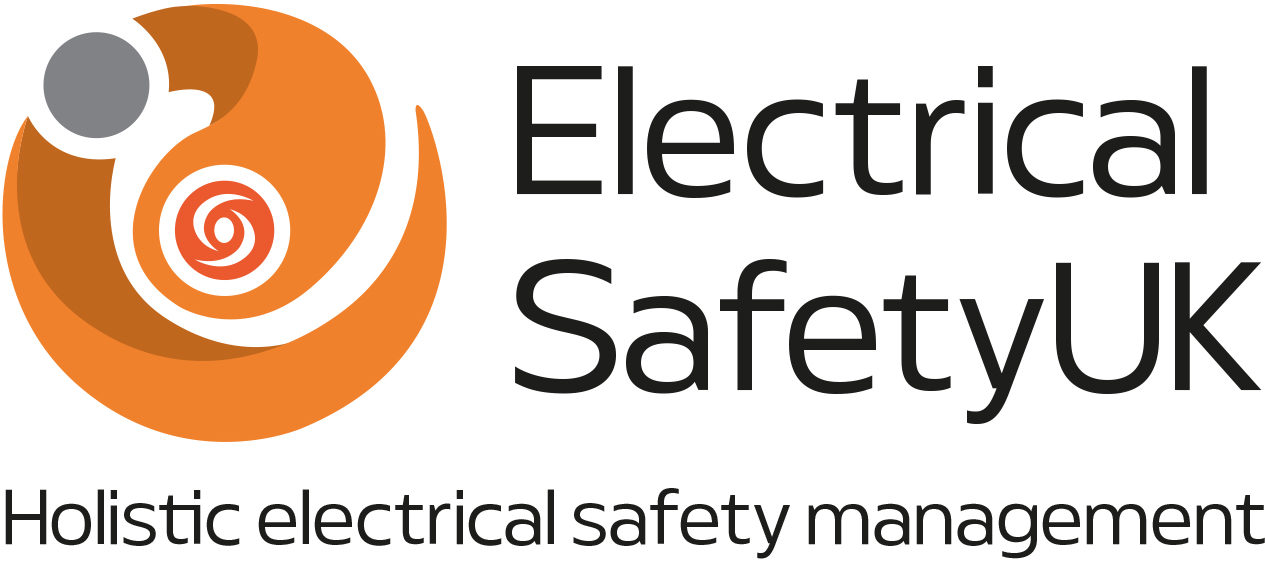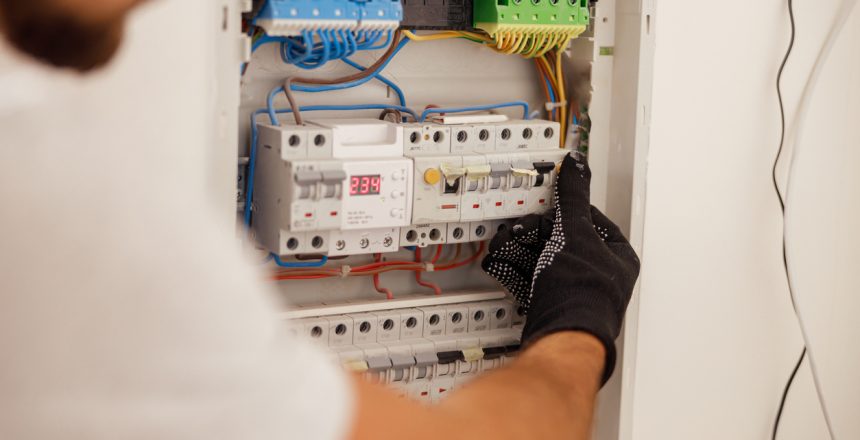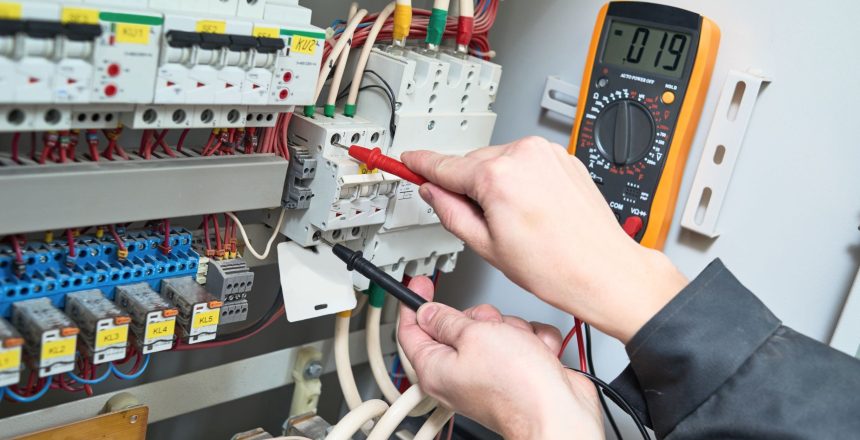Is there a requirement for electrical installations to be designed to BS 7671?
The answer is both yes and no. Regulation 4(1) of the Electricity at Work Regulations 1989 states, ‘all systems shall at all times be of such construction to prevent, so far as is reasonably practicable, danger’. In this instance, the term construction refers to an electrical system’s design, construction, and operation, including equipment that forms part of that system. This is a legal requirement as the Electricity at Work Regulations 1989 is a Statutory Instrument made under Section 15 of the Health and Safety at Work Etc. Act 1974. By failing to comply with this requirement, a criminal offence will have occurred.
BS 7671 and its counterpart BS EN 60204 (Safety of Machinery- electrical equipment of machines) are not legally enforceable under health and safety law*; they are known as non-statutory documents. The following note by the Health and Safety Executive is extracted from BS 7671:2018+A2:2022. ‘BS 7671 and the IET/IEE Wiring Regulations have been extensively referred to in HSE guidance over the years. HSE regards installations that conform to the standards in BS 7671:2018+A2:2022 as likely to achieve conformity with the relevant parts of the Electricity at Work Regulations 1989. Installations to which BS 7671 is relevant may have been designed and installed following an earlier edition, now superseded but then current. That would not mean that the installation would fail to comply with the Electricity at Work Regulations 1989’.
Therefore, it is a legal requirement for electrical systems to be constructed to avoid danger, but BS 7671 is not mandated. Also, electrical installations complying with earlier versions of BS 7671 or the IEE wiring regulations are still likely to comply with the relevant aspects of the Electricity at Work Regulations 1989.
The danger of electricity refers to the risk of injury and is defined in Regulation 2 of the Electricity at Work Regulations 1989 as … ‘death or personal injury from electric shock, electric burn, electrical explosion or arcing, or from fire or explosion initiated by electrical energy’… and Regulation 4, known as the omnibus regulation sets the scene for the other requirements of the Electricity at Work Regulations, including:
- Regulation 5- Strength and capability of electrical equipment
- Regulation 6- Adverse or hazardous environments
- Regulation 7- Insulation, protection and placing of conductors
- Regulation 8- Earthing or other suitable precautions
- Regulation 9- Integrity of reference conductors
- Regulation 10- Connections
- Regulation 11- Means for protecting from excess of current
- Regulation 12- Means for cutting off the supply and for isolation
- Regulation 15- Working space, access and lighting
It is worth noting at this point that full compliance with BS 7671 does not necessarily confer full compliance with the Electricity at Work Regulations; as BS 7671 does not provide a competency framework, nor does it meet the requirements for managing electrical safety.
The Health and Safety Executive issued several guidance documents concerning the requirements of the Electricity at Work Regulations 1989, including HSR25- Guidance on the regulations. Even though this is a detailed guidance document, it does not contain any detailed technical guidance on what constitutes a properly designed electrical system; this is where BS 7671 becomes invaluable.
BS 7671 should not be considered a direct replacement for the Electricity at Work Regulations 1989, and it includes requirements that apply to different legislation, such as the requirements of the Provision and Use of Work Equipment Regulations 1998. Where BS 7671 comes into its own is that it is a recognised electrical standard, aligned to both European and International standards, that is regularly updated in line with changes in technology and industry best practice. Whilst BS 7671 cannot be referred to in prosecution; it may be referred to as a credible document in defence.
So, does BS 7671 cover it all?
No, there are many examples where BS 7671 is not applicable, and even more examples where BS 7671 is applicable alongside other standards. In fact, whilst BS 7671 gives much guidance on the correct design and installation of electrical installations, it too is limited in its application, and additional documents should be referred to, including the manufacturer’s instructions.
To support BS 7671, the IET publish a series of Guidance Notes and many more guides and Codes of Practice. The most notable guidance notes include GN1- Selection and Erection and GN3- Inspection and Testing.
The Guidance Notes provide more detailed and practical engineering design solutions and include recommendations that may be above the BS 7671. Again, the contents of guidance notes are non-statutory but demonstrate good practice and accepted standards that will go a long way to demonstrating compliance with the relevant parts of the Electricity at Work Regulations 1989.
In some instances, guidance notes include pre-determined circuit arrangements and, within specific parameters, prescribes cable types and conductor cross-sectional areas along with protective device types and ratings- thus eliminating the need to perform complex calculations. These are often referred to as ‘look-up tables’. Such guidance can be useful, but it should be noted that the assumptions made may result in larger cable sizes being selected than necessary, which may have a cost impact.
Can I use design software?
Design software packages are readily available and can save a lot of time and effort if used correctly. As with using the ‘look-up tables’ mentioned above, design software may result in larger cable sizes being selected than necessary, and it is essential to remember that the design output is only as good as the inputted information. It is important to carry out a sense check on the design recommendations and, if necessary, undertake sample calculations using good, old-fashioned brain power. Ensure that any design software can undertake calculations that align with BS 7671.
Do I need to demonstrate that the design has been carried out?
In many cases, clients will want to see that design has been carried out, often at the tender stage of a project. This may be so that they can undertake an element of due diligence checks and run the calculations through their software or perform some other sense checks. For larger projects, clients expect to see calculations for all ‘as-installed’ circuits, usually in the Operation and Maintenance Manuals. The requirements of the Construction (Design and Management) Regulations 2015 should also be considered.
On completion of works, inspection and testing should be carried out; this process is known as Initial Verification and will require either an Electrical Installation Certificate or a Minor Electrical Installation Works Certificate to be issued. Both documents need a signature from the person who has undertaken the design element of the work. This may be one or more separate persons or the same person who also takes responsibility for construction, inspection, and testing.
Whilst talking about inspection and testing, the designer should make the design of the electrical installation available to the person responsible for inspection and testing so that they can verify that not only does the installation comply with BS 7671 but also that the designers’ intentions have been met.
What should electrical design consider?
This is a leading question, as it will depend on several factors. The simple answer is to say everything in BS 7671; however, consideration should be given to Part 4 (Protection for safety) and Part 5 (Selection and erection of equipment). Remember that for special installations and locations, see Part 7, amending some of the other parts of BS 7671 to restrict practices that would not be appropriate in certain circumstances or impose additional requirements to keep people safe. To undertake an effective and meaningful design, the provisions of Part 3 of BS 7671 (Assessment of general characteristics) will need to be determined.
Do I have to comply with BS 7671 fully?
No, designers are allowed to depart from the requirements of BS 7671 if this is recorded on the relevant certificate. It is important to note that BS 7671 requires that any departure from the regulations does not result in any less safe installation. The obligation to comply with the Electricity at Work Regulations 1989 remains unchanged. Before implementing any departure from BS 7671, it is strongly recommended that agreement is obtained from the client.
Remember, by complying with the requirements of BS 7671, works are measured against accepted standards and conventions, and it is likely that the relevant provisions of the Electricity at Work Regulations 1989. By departing from those standards and conventions, it may become more challenging to demonstrate that the requirements of the Electricity at Work Regulations have been met.
What about domestic installations?
If work is carried out for gain, then the Health and Safety at Work etc. Act 1974, and hence the Electricity at Work Regulations 1989, applies to those carrying out the work. Since 2005, electrical services have been included within the Building Regulations, With Part P requiring electrical installations to be designed, installed, inspected, and tested by competent persons and firmly directing persons to the requirements of BS 7671. Approved Document P, offering advice on compliance with Part P of the Building Regulations, is heavily influenced by BS 7671 and its associated Guidance Notes.
The need to design electrical installations exists in domestic dwellings; however, the use of ‘look-up tables’ is more common within this sector.
* Compliance with BS 7671 may be a requirement under civil law, such as when made a condition of a contract.





